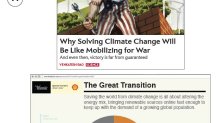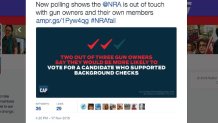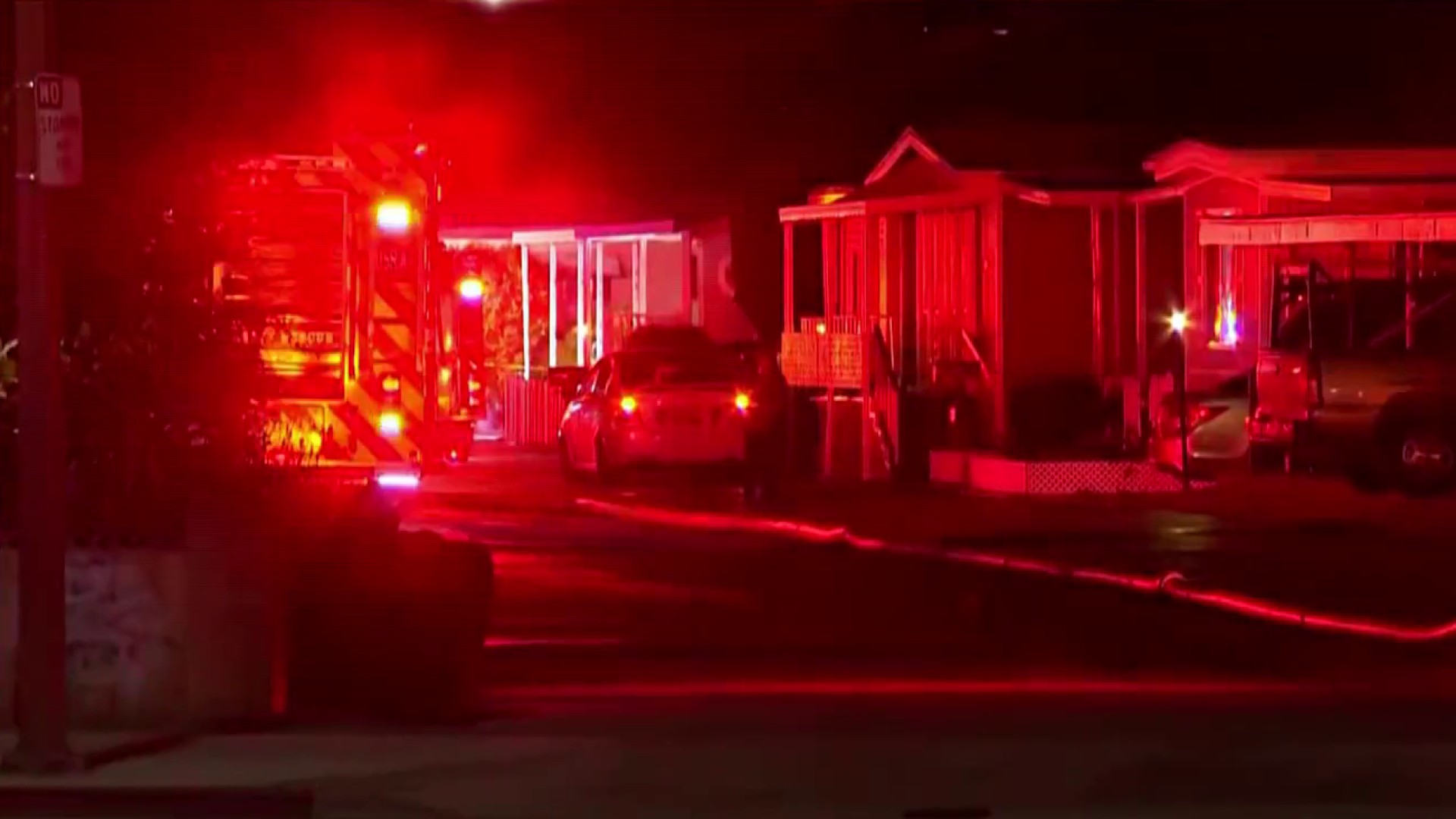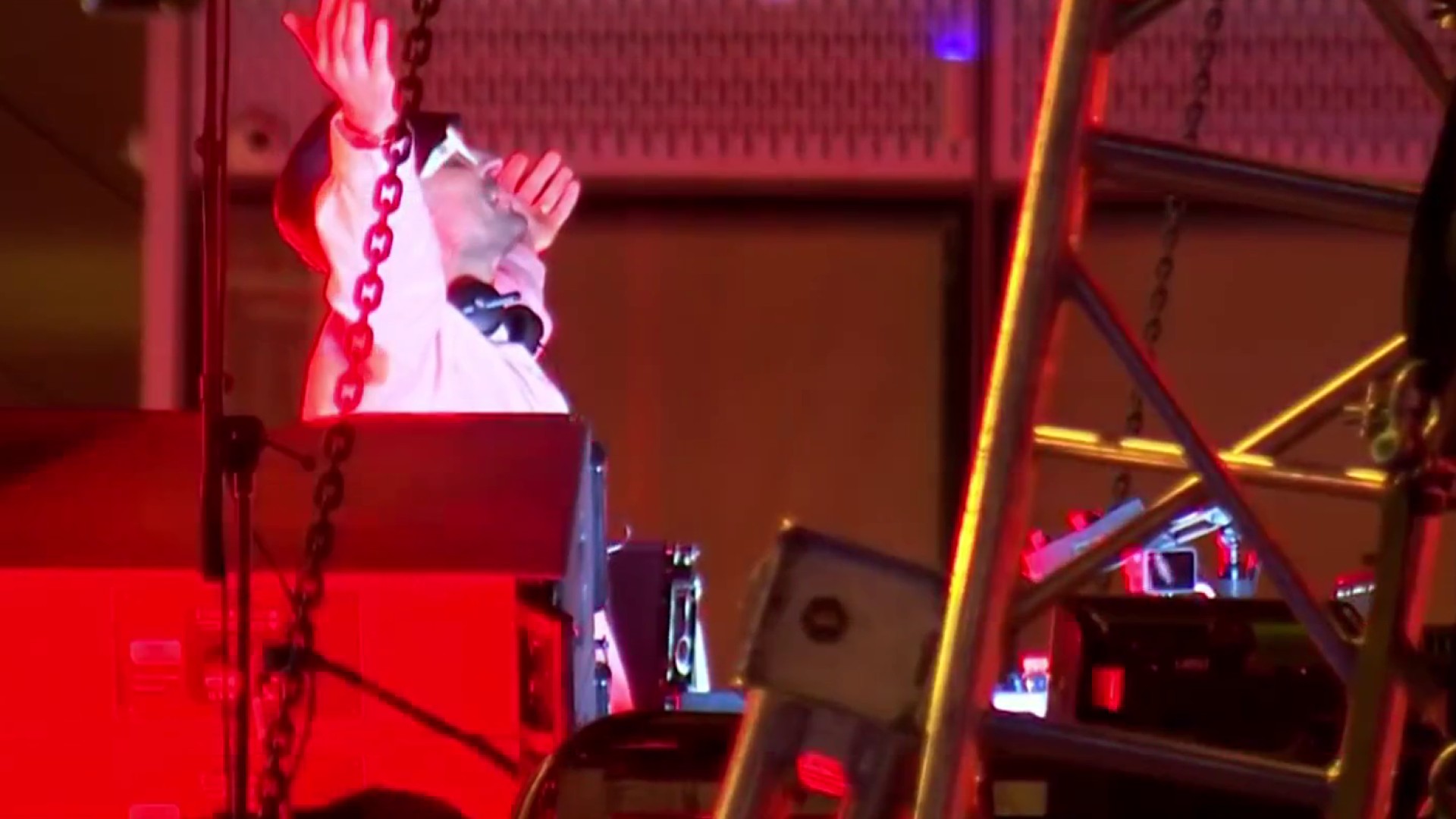A disturbing new study from Stanford shows most students don’t know when news is fake. Researchers from Stanford University’s Education Department found teenagers and college students were not only getting their news from internet sources like Facebook and Twitter but a majority of them were unable to sort fact from fiction. Mark Matthews reports.
A disturbing new study from Stanford shows most students don’t know when news is fake.
Researchers from Stanford University’s Education Department found teenagers and college students were not only getting their news from internet sources like Facebook and Twitter but a majority of them were unable to sort fact from fiction.
One of the tests included a picture from a photo sharing site of irregularly shaped daisies with the caption “Fukushima Nuclear Flowers.”
Researchers at Stanford sent that picture to 170 high school students around the country, asking: "Does this photo provide strong evidence about conditions near the Fukushima nuclear plant?"
There was no proof the photo was taken at Fukushima or even Japan - no proof that the plants were exposed to radioactivity.

“So there’s lots of problems and most students - the vast majority - noticed none of those problems,” said Sarah McGrew, co-director of the Stanford study.
Local
One student responded that it does provide strong evidence because it shows how the small and beautiful things were affected greatly. Eighty percent of high school students accepted the picture as proof.
Another test was a title page from The Atlantic touting an article on climate change. And from the same website an ad by Shell Oil talking about climate change.

Two-hundred students were asked which article seemed more reliable. Seventy percent of those students said the article sponsored by Shell was the more reliable source.
What drew them in was the look of the Shell graph: It looked professional.
One student wrote: “I think Article B is a more reliable source because it says sponsored by Shell and big companies wouldn’t just sponsor anything.”
Another test was a tweet from MoveOn.org stating new polling shows the NRA is out of touch with gun owners.

“And then we asked students what makes the tweet a useful source and a less useful source,” McGrew said.
Eighty percent of the college students surveyed didn’t notice the source of the polling and two-thirds didn’t notice that a progressive organization like Move On tweeting about the NRA might be something you’d want to think twice about.
“Again completely ignoring the source of information,” McGrew said.
The study surveyed 7,800 students from all over the country.
And the take away about the vast majority of those middle, high school and college students?
“They use social media very fluently but when it comes to evaluating information they encounter, the overall picture that we got was very bleak,” said Teresa Ortega, the study’s co-director.
The one bright spot in this study is that the same researchers are now working on curriculum to teach critical thinking to students.
Facebook has been in the news recently for trying to address its fake news problem. CEO Mark Zuckerberg recently said at a trade summit in Peru that his company was taking measures to curb what he called was a "relatively small" percentage of deliberately false stories.
Critics complained that the surge in bogus news stories on Facebook may have led to a Trump win in the 2016 elections. Google also acknowledged that it let a fake news story slip into its list of recommendations for election stories.
For the executive summary of the Stanford study, click here.



